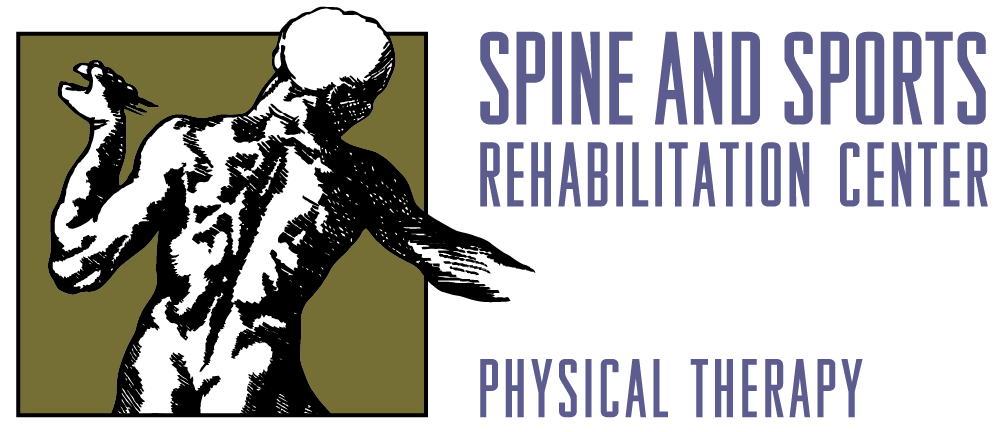Is Stretching Upsetting Your Running Form?
Good news runners!
It turns out that (unless there's a specific rehab reason) you don't have to stretch. A recent study by Research in Sports Medicine conducted an extensive review on the pros and cons of stretching. The conclusion? There was no benefit to stretching when it came to running efficiency, treating delayed onset muscle soreness (DOMS), or reducing the risk of injury.
Before we discuss how a runner may reduce the risk of injury, let's look at what "tightness" does for us regarding running efficiency.
Whatever it is, the way you tell your story online can make all the difference.
In the running gait cycle, the force of each foot strike is absorbed by the muscles and tendons of the ankle, hip, and spine, and is stored as potential energy. As your body moves into the mid-stance phase, the stored energy is transferred back into the muscles as kinetic energy, propelling your body forward.
If a runner's muscles, tendons, or ligaments are tight, then the ability to store and deliver energy is better, making the runner MORE efficient. When a runner has a “weak spot” or an area of instability, the mechanism of energy transfer is compromised. This area of instability is more likely to break down and feel like an area of pain, tendonitis, tear, strain, etc. The muscles in the area may tighten to protect the weak spot, therefore, trying to stretch a tight muscle, in this case, will likely make the weak spot more vulnerable.
Purposeful stretching may improve blood flow, break adhesions, and elongate tissue. But, take note! Have you ever been curious as to why, when you run with both legs, sometimes only one side is tight? It could be due to a joint restriction that is placing unwanted stress on a “weak spot”. If you have an asymmetry in terms of muscle tightness (tightness on only one side of the body), treatment by a physical therapist to address the joint restriction is recommended over just trying to stretch the tight side.
Although stretching may help restore a sense of balance between the left and right sides of your body, stretching just to stretch is useless. However, if you are not having a problem in terms of pain, then stretching may not be necessary. Hurray!
To Stretch or Not to Stretch?
Before you get serious about a stretching program (and don’t do it simply because of an article in a running magazine), get a thorough evaluation by a competent physical therapist. It could be that your tightness might be the thing that is keeping you together and efficient in the running gait cycle. The PT can check your ligaments to be sure that you are “tight enough” in the right places and get your spine, hip, pelvis, and foot alignment corrected and your muscles “balanced.” The PT may recommend a targeted core stabilization program for your pelvic floor and to keep your spine engaged to reduce the likelihood of breakdown or injury.
If you are looking to become faster or more efficient, then a targeted stability and running form program would be encouraged. This is another reason you would seek the help of an attentive physical therapist. The PT generally finds that a joint (or two or three or four…) has stopped moving or gotten “stuck.” This results in a protective response from the body’s neurological system: muscle tightness. Your PT can address these joint restrictions and the muscle tightness should fade.
Rather than stretching, you may simply need to include a gentle but progressive warm-up routine. An individualized training regimen will help promote specific performance responses and reduce the risk of injury. This could include a reduction in the number of training days per week, increasing rest days, cross-training, modification of intensity of key workouts, etc.
For your personal assessment, and to help you determine whether stretching is right for you, contact the PT staff at SSRC.



